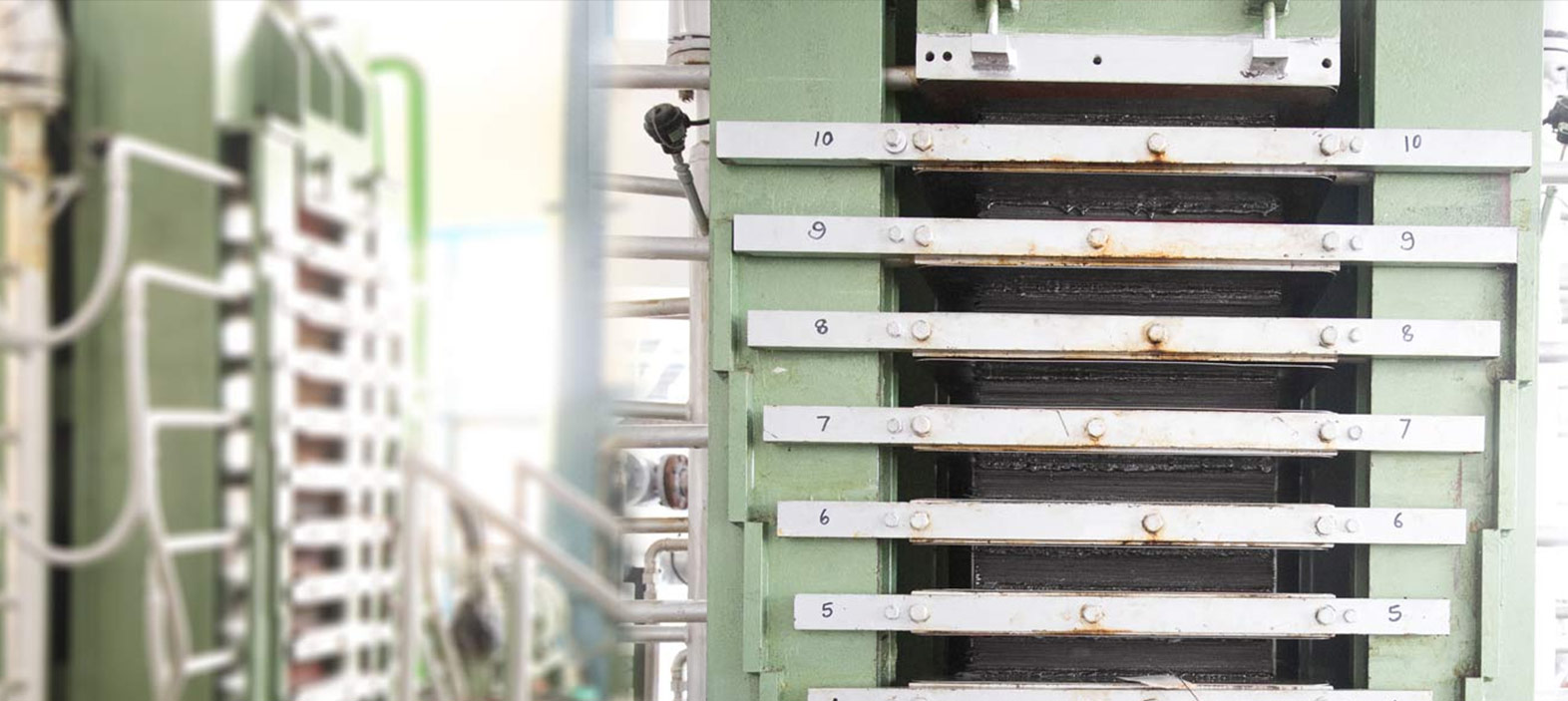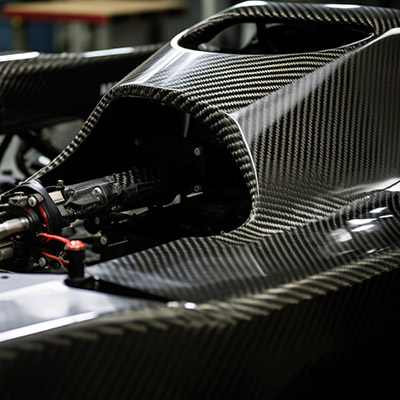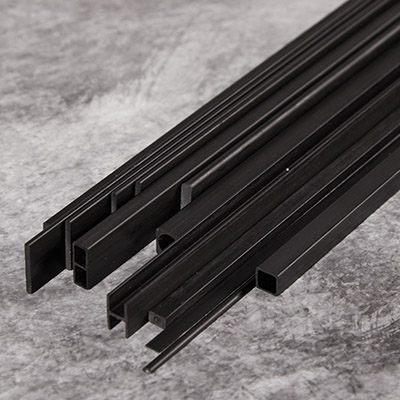
What is Compression Molding Process?
👁 Reads: 163
Compression molding is a widely used manufacturing process in the composite industry, especially for the production of high-quality, high-performance carbon fiber composites. The process is known for its ability to produce parts with high dimensional accuracy, excellent surface finish, and outstanding mechanical properties. In this blog post, we will provide a detailed explanation of the compression molding process and its applications in the composite industry.
Compression Molding Process: An Overview
The compression molding process involves the use of a heated mold cavity, where the raw materials are placed and then subjected to heat and pressure to create the desired shape. The process involves four basic steps, namely:
Preforming: The first step of the process is preforming. Preforming is the process of shaping the raw materials into the desired shape, such as a carbon fiber sheet or a preform. This step is crucial as it ensures that the raw materials are placed in the mold cavity correctly.
Loading: The second step is loading, where the Carbon fiber prepeg materials are loaded into the mold cavity. The amount of material required depends on the size and complexity of the part being produced.
Heating and Compression: The third step is the application of heat and pressure. The mold cavity is heated to a temperature that allows the raw materials to flow and take the shape of the mold. The mold is then compressed using hydraulic or mechanical force, which ensures that the materials take the desired shape.
Curing and Demolding: The final step is curing and demolding. The molded part is left in the mold cavity to cool and harden, and then the mold is opened to remove the finished part.
Advantages of Compression Molding Process
The compression molding process has several advantages, which makes it an attractive option for the production of high-performance composite parts. Some of the advantages include:
High Production Rates: Ideal for high-volume production runs, as it can produce several identical parts simultaneously.
Excellent Dimensional Accuracy: The method process produces parts with high dimensional accuracy, ensuring that the finished parts meet the required specifications.
High Strength-to-Weight Ratio: Ideal for use in applications where weight reduction is critical.
Improved Surface Finish: Manufactures parts with an excellent surface finish, eliminating the need for additional finishing processes.
Applications of Compression Molding Process
The compression molding process finds numerous applications in the composite industry, including the production of aerospace, automotive, and sports equipment parts. Some of them include:
Aerospace Industry: The process is used to produce a wide range of aircraft components, including structural parts, landing gear, and engine components.
Automotive Industry: Used to produce lightweight, high-performance parts. The use of these parts results in fuel efficiency, improved performance, and reduced emissions.
Sports Equipment: Ideal for the design of high-performance parts, including bicycle frames, golf club shafts, and tennis rackets.
However, it's worth noting that the compression molding process is not without its limitations. The process requires specialized equipment and trained personnel to operate, which can make it expensive to set up and run. Additionally, the process is not suitable for the production of large parts due to the limitations of the size of the mold cavity. Despite these limitations, the benefits of the compression molding process make it a popular choice for the production of high-performance composite parts.
Conclusion
In conclusion, the compression molding process is a critical manufacturing process in the composite industry, with numerous applications in various industries. The process produces high-quality, high-performance composite parts with excellent dimensional accuracy, high strength-to-weight ratio, and improved surface finish. The use of carbon fiber composites produced using the compression molding process results in parts that are stronger, lighter, and more durable than traditional materials. As the demand for lightweight, high-performance materials continues to grow, the compression molding process is likely to play an even more significant role in the composite industry in the years to come.





